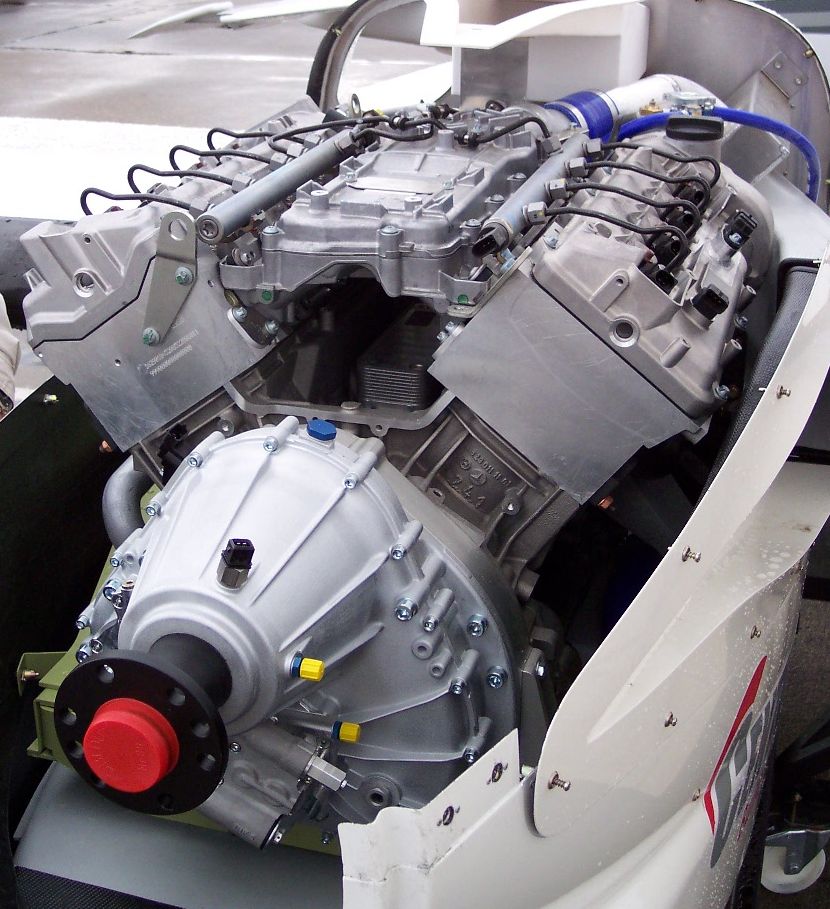Impressive! Is that at the optimal airspeed Vldmax?
Around 55mph airspeed gives the best glide ratio. Expect 100 to 200fpm drop in "normal" air (it varies).
The rating for it is 36:1, which puts it in an "intermediate" category. It was competitive, but probably not a winner, when designed in the 1970's.
I like it, nonetheless. Aluminum, so you don't have to cover it or put it back in a trailer to keep it out of the sun. Has flaps, will give about 800fpm drop at 50mph if fully extended, has negative setting for extra speed and light positive setting to slow in thermals. It weighs 420 pounds.
Polar:
Blue Line:
Left is glide ratio, bottom speed
Red Line:
Sink rate (legend at right side) at speed (bottom)
Speed really increases the sink rate - you have to go downhill to speed up.
There are two phases of flight, gliding (not circling) and thermalling (circling in rising air).
When gliding you might try to speed up to get through an area of sinking air, and use the extra speed to rise back up and slow down to linger in rising air.
The fastest I go is about 80mph, and you are defitiely going downhill there. Average speed about 60mph, due to the way the trim works in my plane - has notches, not ifinitely adjustable. I don't notice speed that much, looking at clouds and usually not too concerned about covering ground.
Here's a recent "best flight", assuming you can see it. Long glides, good thermals, flew a predetermined route
SeeYou makes you a better pilot.

seeyou.cloud
The fastest I've gone is about 120mph, and you really have to point the nose down to do that.
I save the speed runs for the end of the day when it is time to land but still real high near the airport.
Modern glass ships are around 50:1 glide ratio.

en.wikipedia.org
The record holder is 70:1
/)
en.wikipedia.org
They will go considerably faster than I can go with the same rate of descent.
Maybe someday I'll get a slippery ship. But I'm having enough fun for now.




082_1026_GPOTNF_2.0.CO;2/4/m_i1545-1542-82-4-1026-f01.jpeg?Expires=1776371765&Signature=A24m6T9LCktCdJXEJ2yGsaJtdWtSd68RDCkum6cllKzxrnXb~~4Y1rEw5QTT45IqYPweW-pzfUQiJdWqf-Y8t6S6DsMx3rEGSQYbrFqGb-YoTSgLl9pOSPmYHYEBzxDzsNzaj-7TLTbhWA51YQgB4G5Od9NXAV-dO5LuTXVepFFPVZxh00es0QnYIRMdnEJdphG~ruPf4AvcNBH7ciRF7z3Cj3W6IgGPGtIeePKLSXQftUk7IC-2tE~EWOIfrXpAVO-03eV8BllIWSLfdvMBbjHRai80jiP0Lz4uECQ~RTYVznJe7VPxR8IBfRHITRk--VWax3VJyeXWPxTHAy71yQ__&Key-Pair-Id=APKAIE5G5CRDK6RD3PGA)